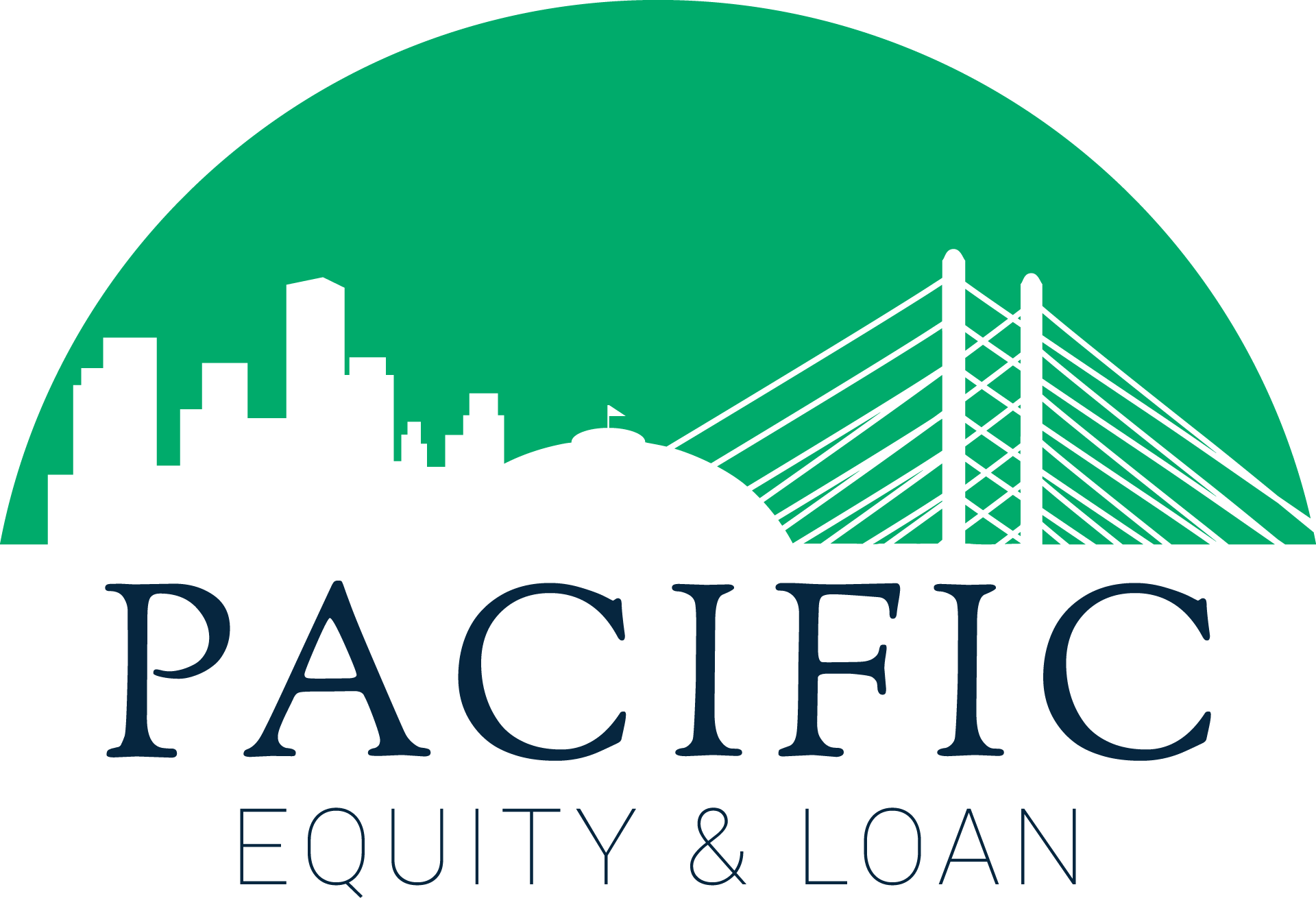Real estate investment has always been recognized as a pathway to wealth creation. However, achieving long-term success in this field requires the implementation of effective strategies that maximize returns on investment. In recent years, fix and hold investing has emerged as a highly popular and profitable strategy in the real estate industry. This strategy combines the potential for property appreciation with consistent rental income, offering investors a compelling opportunity to build long-term wealth.
In this guide, we will delve into the intricacies of fix and hold investing, exploring its advantages, considerations, and steps to successfully implement this strategy. Whether you are a seasoned investor or just starting out, understanding the ins and outs of fix and hold investing can empower you to make informed decisions and unlock the full potential of your real estate investments.
What is a Fix and Hold Strategy in Real Estate?
The fix and hold real estate strategy is an investment approach where an investor purchases a property with the intention of making necessary repairs or renovations to improve its condition, and then holds onto the property for an extended period of time as a long-term investment. Rather than selling the property immediately for a profit, the investor aims to generate rental income and benefit from long-term appreciation in property values.
The strategy typically involves the following steps:
- Property Acquisition: The investor identifies a property that is in need of repairs or renovations and is available at a favorable price. This could include distressed properties, foreclosures, or properties in need of cosmetic updates.
- Property Renovation: Once the property is acquired, the investor invests in repairs, renovations, and improvements to enhance its value and appeal. This could involve fixing structural issues, updating the interior, improving the landscaping, or making any necessary repairs to make the property suitable for rental purposes.
- Rental Income Generation: After the renovations are complete, the investor rents out the property to tenants, generating a steady stream of rental income. This income can contribute to covering the property’s expenses, such as mortgage payments, property taxes, insurance, and maintenance costs. You can learn how to calculate rental property cash flow and ROI here.
- Long-Term Holding: The investor holds onto the property for an extended period of time, typically several years or more. By holding onto the property, the investor can benefit from potential appreciation in property values over time, building equity and wealth.
- Optional Exit Strategy: While the primary focus is on generating rental income, the investor may also have an exit strategy in mind. This could involve selling the property at a later stage for a profit, refinancing to leverage the increased equity, or even using the property as a part of a 1031 exchange to defer capital gains taxes while acquiring another investment property.

The Advantages of Fix and Hold Strategy
Fix and hold investing offers several advantages that make it an attractive investment strategy for many individuals:
- Long-Term Wealth Building: One of the primary advantages of the fix and hold strategy is the potential for long-term wealth building. By holding onto properties for an extended period, investors can benefit from the appreciation in property values over time. Real estate has historically shown a tendency to increase in value, allowing investors to build substantial equity and wealth as property values rise.
- Steady Rental Income: Renting out the properties acquired through the fix and hold strategy provides investors with a consistent and steady stream of rental income. This rental income can serve as passive cash flow, contributing to overall financial stability. The income generated from rental properties can help cover expenses, mortgage payments, and provide additional funds for reinvestment or other financial goals.
- Tax Benefits: Real estate investors often enjoy various tax advantages, which can enhance their overall returns. Deductions for mortgage interest, property taxes, and depreciation can help reduce taxable income associated with the investment property. These tax benefits can result in significant savings and improve the investor’s cash flow.
- Asset Diversification: Owning multiple investment properties through the fix and hold strategy allows for asset diversification. Diversification is important in investment portfolios as it helps reduce risk by spreading investments across different asset classes. By owning multiple properties in different locations or property types, investors can mitigate the risk associated with having all their investments concentrated in a single property or asset class.
- Inflation Hedge: Real estate has historically acted as a hedge against inflation. As the cost of living rises, rental income and property values tend to increase as well. This means that real estate investors can benefit from an automatic increase in rental income over time, providing them with a built-in protection against the erosion of purchasing power caused by inflation.

The Challenges of the Fix and Hold Strategy
While this Fix and Hold strategy can be lucrative, it is not without its drawbacks and challenges.We will explore some of the disadvantages and challenges associated with the fix and hold strategy in real estate.
- Initial Capital Requirement: One of the primary challenges of the fix and hold strategy is the substantial initial capital required. Acquiring a property, especially in desirable locations, can be costly. On top of that, renovation expenses can quickly add up. Investors need to have significant financial resources or access to financing to cover these costs. This can be a barrier for new or inexperienced investors who may struggle to secure funding or have limited access to capital.
- Market Volatility and Liquidity Risk: The real estate market is subject to fluctuations, and property values can rise or fall over time. Economic downturns or unexpected changes in the local real estate market can lead to reduced property values or increased holding periods, affecting the overall return on investment.
- Time and Effort: Renovating and managing rental properties can be time-consuming and require significant effort. This can be especially demanding for investors who have other professional commitments or lack the necessary expertise to efficiently manage these responsibilities. The fix and hold strategy often requires a hands-on approach.
- Cash Flow and Return on Investment: While the fix and hold strategy offers the potential for long-term appreciation and rental income, it may take time to achieve positive cash flow. During the renovation phase, there may be no rental income, or the rental income may not cover the mortgage, taxes, insurance, and ongoing maintenance costs. This lack of immediate cash flow can impact an investor’s financial stability and limit their ability to invest in other opportunities.
- Market Saturation and Competition: The popularity of the fix and hold strategy has led to increased competition among investors. In some markets, the number of investors seeking properties to renovate and hold has resulted in higher property prices and decreased potential profit margins. The saturation of the market requires investors to be diligent and proactive in their search for viable investment opportunities.
By understanding and mitigating these challenges, investors can make informed decisions and increase their chances of success in the fix and hold real estate market.
Where To Obtain a Fix and Hold Loan
When it comes to obtaining a Fix and Hold Loan, there are various avenues you can explore. Here are some common options to consider:
- Traditional Banks and Credit Unions
Start your search by approaching traditional financial institutions such as banks and credit unions. Many of these lenders offer real estate investment loans, including Fix and Hold Loans. Schedule meetings with loan officers to discuss your investment plans, present your financial information, and explore their loan products. Keep in mind that these institutions often have strict eligibility criteria and a lengthier approval process.
- Mortgage Brokers
Engaging the services of a mortgage broker can be beneficial, especially if you’re seeking loan options from multiple lenders. Mortgage brokers have access to a network of lenders and can help you navigate the loan application process more efficiently. They can assist in comparing loan terms, interest rates, and finding the best fit for your specific investment goals.
- Private Lenders and Hard Money Lenders
Private lenders and hard money lenders specialize in real estate investment loans, making them a potential source for Fix and Hold Loans. These lenders typically focus on the property’s value and potential rental income rather than solely relying on the borrower’s credit history. Private and hard money loans have more flexibility in terms of loan terms, making them suitable for investors with unique circumstances or properties that may not meet conventional lending criteria.
Remember, it’s crucial to thoroughly research and compare lenders to ensure they align with your investment goals and offer favorable terms. Evaluate their reputation, experience, loan requirements, interest rates, fees, and overall customer service. By exploring a variety of sources, you can increase your chances of finding the most suitable Fix and Hold Loan for your real estate investment strategy.
The Bottomline
In conclusion, the fix and hold investment strategy in real estate offers numerous advantages for investors seeking long-term wealth and rental income. Through the acquisition of distressed properties, renovations, and rental income generation, investors can benefit from property appreciation, steady cash flow, tax advantages, asset diversification, and protection against inflation.
If you’re interested in pursuing the fix and hold strategy, Pacific Equity & Loan is here to assist you. We specialize in providing financing options through Fix and Hold Loans, drawing on our extensive experience in real estate financing. Our dedicated team is committed to helping investors like you maximize their potential for long-term wealth accumulation and rental income.
To learn more about how Pacific Equity & Loan can support you in achieving your fix and hold goals, please don’t hesitate to contact us today at (206) 531-2729 or email us at marketing@pacificeal.com. We are excited to collaborate with you on your real estate investment journey and provide the financial resources, expertise, and personalized assistance you need to succeed. Let us be your trusted partner in realizing your fix and hold investment aspirations.
Citations
Capital, Kings of. “What Is a Fix and Hold Loan for Real Estate Investors?” LinkedIn, www.linkedin.com/pulse/what-fix-hold-loan-real-estate-investors-kings-of-capital-lending. Accessed 12 June 2023.
Beers, Brian. “What Is Buy and Hold? How the Investing Strategy Works.” Investopedia, 17 Nov. 2022, www.investopedia.com/terms/b/buyandhold.asp.
Dillingham, Scott. “Fix and Flip vs Buy and Hold – Find the Best Investment Strategy in 2023.” Canadian Real Estate Network – Real Estate Investing In Canada, 14 Mar. 2023, canadianrealestatenetwork.com/fix-and-flip-vs-buy-and-hold/.






